Named by the progressive media, the Four Horsemen (a reference to "The Four Horsemen of the Apocalypse", symbols which represent conquest, war, famine, and death in the Bible) were the conservative stronghold of Hughes' Court.
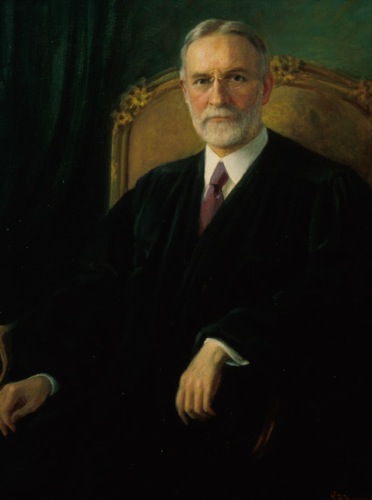


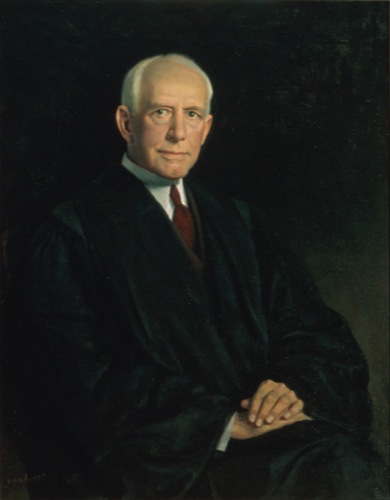
Justices George Sutherland, Pierce Butler, James Clark McReynolds, and Willis van Devanter would ride in the same car to and from the courthouse so that they could confer on what decision they would make on the cases they were facing and coordinate their votes to stop FDR's progressive agenda. They were concerned that with his loose interpretation of the Constitution which allowed him to grant a lot of powers to the government for Depression recovery could lead to a communist society or an anarchy
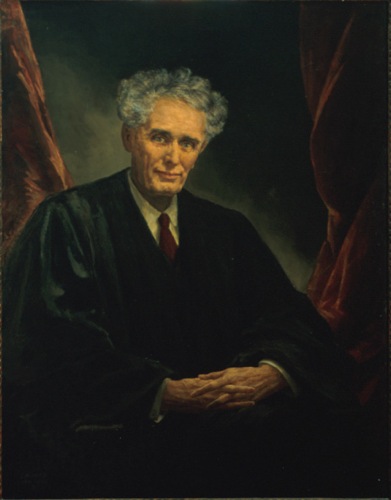

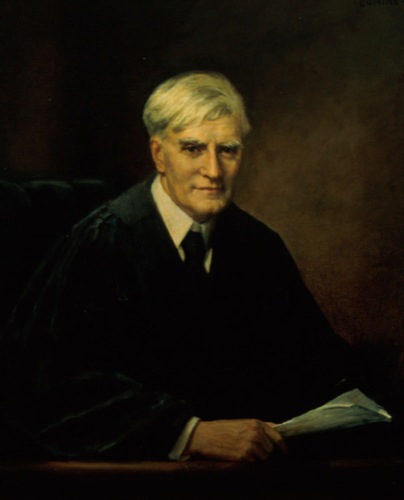
Justices Louis Brandeis, Harlan F. Stone, and Benjamin N. Cardozo were "The Three Musketeers", heroes bravely guarding a treasured item, which in this case was FDR's American progressivism. These three felt that the Consitution could be interpreted as needed in times of crisis, and to them, the crisis of the Depression was worthy of allowing some modification.
The final seats on the Court were taken by Chief Justice Evans Hughes himself, and an associate justice, Owen Roberts.

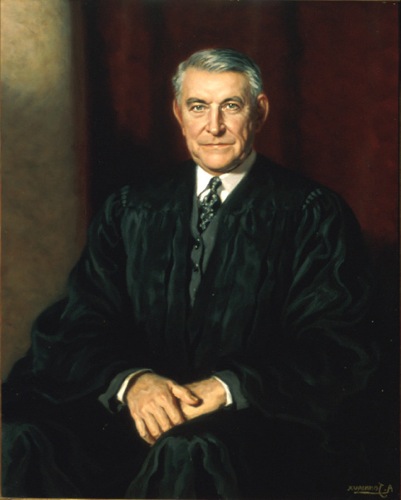
In nearly all decisions between 1931 and 1937, the vote went either 5-4 or 6-3 against the legislature of the Roosevelt administration, depending on whether the Four Horsemen could convince one of the swing votes or both Hughes and Roberts to vote with them.
The Court continued to strike down case after case, until eventually in 1937, FDR famously threatened to add additional justices to the bench, raising the number from 9 justices to 15 so that he could get the majority he needed to continue his legislation. From then on, the antics of the Court seemed to die down, and the Court began to side with Congress and Roosevelt a lot more. Because they began to support his bills, Roosevelt never had to bring in the additional Court members, but this period of Supreme Court history will always be remembered for its dynamic sides and bitter discourse within the Court.
https://www.smithsonianmag.com/history/when-franklin-roosevelt-clashed-with-the-supreme-court-and-lost-78497994/
https://en.wikipedia.org/wiki/Hughes_Court
https://en.wikipedia.org/wiki/Four_Horsemen_(Supreme_Court)
https://en.wikipedia.org/wiki/Three_Musketeers_(Supreme_Court)
This post is very informative and makes clear the extent of the division in the Supreme Court. When Roosevelt came into office, the American people were desperately in need of hope, and Roosevelt wanted to take action to give them that hope. However, Roosevelt's idea of government power differed from many of the presidents before him, who generally believed that government interference limited the liberty of the people and tried to avoid economic intervention. Roosevelt wanted to assert wartime powers in order to create programs and institute regulations to try and lift Americans out from the Depression, and this was not what the Four Horsemen wanted. When Roosevelt threatened to add six more justices to the Supreme Court, it helped him get his way; however, it caused his popularity to dip significantly. Even though Roosevelt did not actually increase the number of justices, his threat to do so made it seem like he was trying to acquire too much power. Especially as the governments of other countries, such as Germany and Italy, were becoming increasingly centralized during this time, Roosevelt's suggestion seemed very dangerous. It is interesting to think about how certain sacrifices are considered, and sometimes even made, when unprecedented numbers of people are in a time of despair. Roosevelt almost had trouble passing his ideas, many of which did have benefits to some of the people who had been struggling, or at least give them a bit of hope, because the numbers of the Supreme Court were not in his favor. Nonetheless, the idea of checks and balances is crucial to our government so that too much power does not end up in one set of hands.
ReplyDeletehttps://www.gilderlehrman.org/history-by-era/new-deal/essays/fdr%E2%80%99s-court-packing-plan-study-irony
This post was very interesting Kenneth. It is interesting to see how the Four Horsemen influenced the Court in a time that led up to the Great Depression. All of these Justices were very pro-business in their views and set the precedent of not regulating the business too much. They attempted to not break up the large businesses and interfere in the economy too much in this way. However, it is interesting to see how this strategy of non-interference with business failed once business failed to regulate itself during the Depression. So, now, cases like Lochner v. New York became much more of an issue as the Justices were forced to involve themselves more in the economy.
ReplyDelete